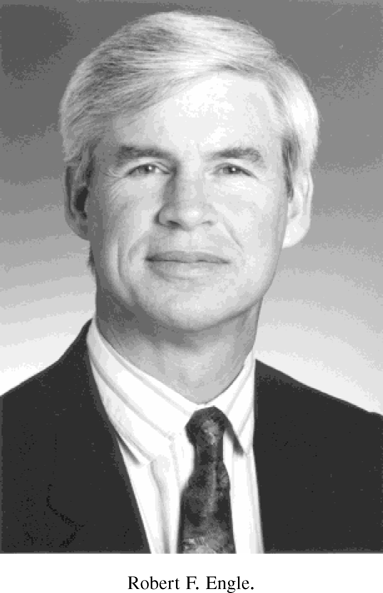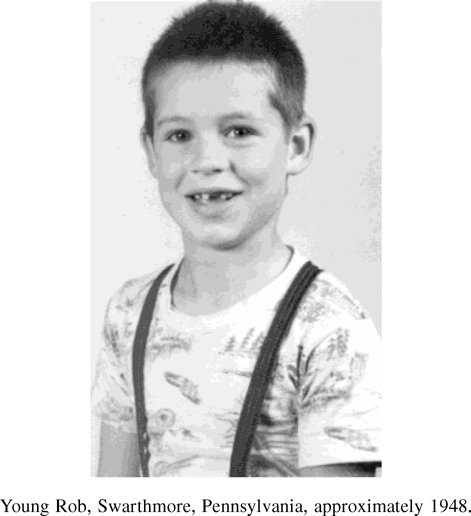
In the past thirty-five years, time-series econometrics developed
from infancy to relative maturity. A large part of that development is
due to Robert F. Engle, whose work is distinguished by exceptional
creativity in the empirical modeling of dynamic economic and financial
phenomena. Engle's footsteps range widely, from early work on
band-spectral regression, testing, and exogeneity through more recent
work on cointegration, autoregressive conditional heteroskedasticity
(ARCH) models, and ultra-high-frequency financial asset return
dynamics. The booming field of financial econometrics, which did not
exist twenty-five years ago, is built in large part on the volatility
models pioneered by Engle, and their many variations and extensions,
which have found widespread application in financial risk management,
asset pricing, and asset allocation.
We began the interview in fall 1998 at Spruce in Chicago, the night
before the annual NBER/NSF Time Series Seminar; continued in fall
2000 at Tabla in New York; continued again in summer 2001 at the
Conference on Market Microstructure and High-Frequency Data in Finance,
Sandbjerg Estate, Denmark; and wrapped up by telephone in January
2003.For their cheerful and effective
assistance in transcribing this interview, I thank (without implicating)
Sean Campbell, Michele Souli, and Clara Vega.




